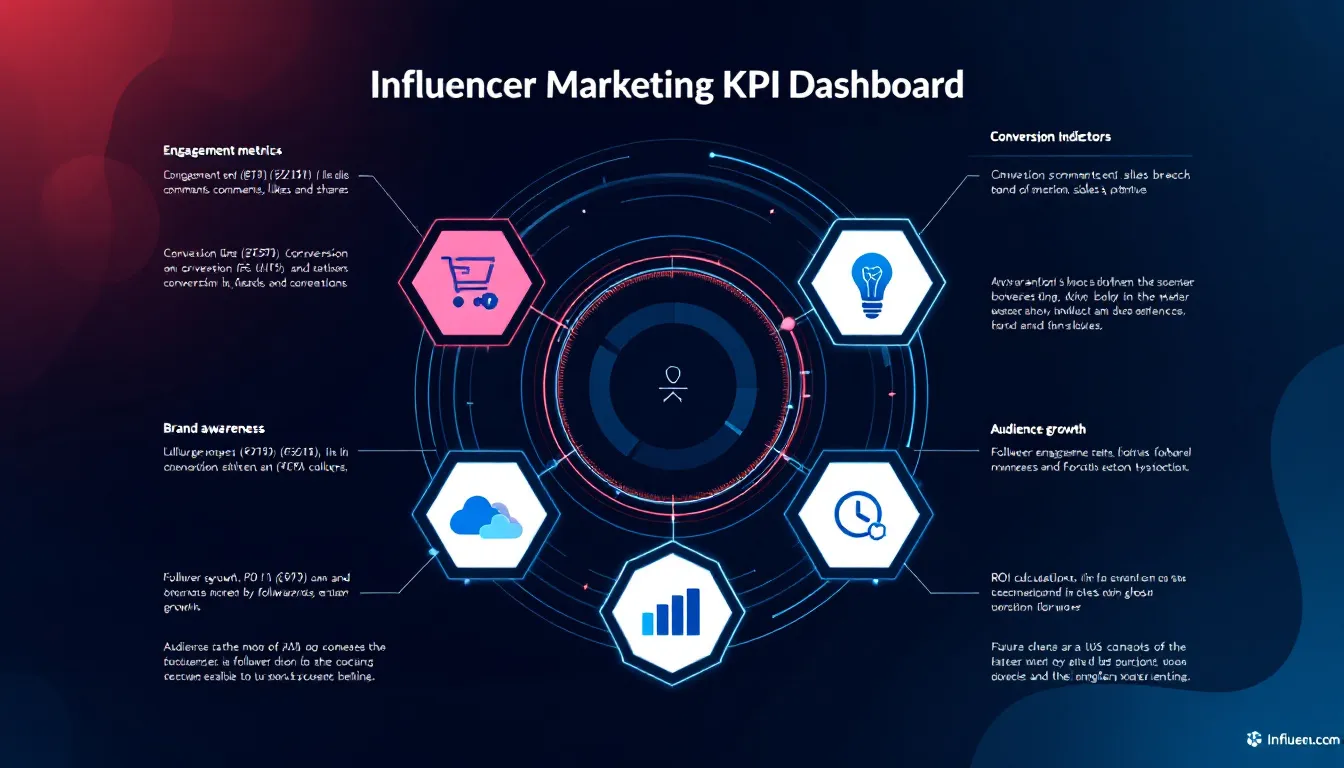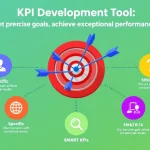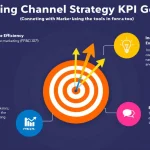Is this tool helpful?
How to Use the Influencer Marketing KPI Suggestion Tool Effectively
To obtain tailored KPI recommendations for your influencer marketing campaign, follow these steps:
- Business Type Entry: Input your specific industry or business sector. For example, “Sustainable Fashion Brand” or “Health Supplements Company”
- Marketing Objectives: Detail your primary marketing goals. For instance, “Increase brand awareness among eco-conscious millennials and generate direct sales through influencer discount codes”
- Target Audience Description: Provide comprehensive demographic and behavioral information about your intended audience
- Platform Selection (Optional): Specify your preferred social media platforms
- Budget Input (Optional): Enter your planned campaign budget in USD
Understanding Influencer Marketing KPI Selection
The Influencer Marketing KPI Suggestion Tool is a sophisticated system designed to help businesses identify the most relevant key performance indicators for measuring influencer campaign success. It analyzes your business context, marketing objectives, and target audience characteristics to recommend metrics that align with your specific goals.
Core Components of KPI Selection
- Business context alignment
- Goal-specific metrics
- Audience behavior tracking
- Platform-specific measurements
- ROI optimization indicators
Benefits of Using the KPI Suggestion Tool
1. Strategic Alignment
The tool ensures your measurement framework aligns with your business objectives, preventing resource waste on tracking irrelevant metrics.
2. Comprehensive Coverage
Receive recommendations that span multiple performance dimensions:
- Engagement metrics
- Conversion indicators
- Brand awareness measurements
- Audience growth metrics
- ROI calculations
3. Platform-Specific Optimization
Get tailored KPI suggestions based on your chosen social media platforms, acknowledging the unique characteristics of each channel.
Solving Common Influencer Marketing Measurement Challenges
Challenge 1: Attribution Complexity
The tool recommends multi-touch attribution KPIs that help track the customer journey across various influencer touchpoints.
Challenge 2: ROI Measurement
Receive suggestions for both direct and indirect ROI metrics, including:
- Cost Per Acquisition (CPA)
- Earned Media Value (EMV)
- Brand Lift Measurements
Practical Applications and Use Cases
Example 1: Fashion E-commerce Brand
Input:
- Business Type: Luxury Fashion E-commerce
- Marketing Goals: Drive sales and increase brand prestige
- Target Audience: Fashion-conscious women, 25-45, high disposable income
Recommended KPIs:
- Sales conversion rate through influencer-specific codes
- Engagement rate on luxury-focused content
- Brand mention sentiment analysis
Example 2: B2B Software Company
Input:
- Business Type: SaaS Project Management Tool
- Marketing Goals: Lead generation and thought leadership
- Target Audience: Project managers and team leaders in tech companies
Recommended KPIs:
- Lead quality score from influencer referrals
- Content engagement rate on professional platforms
- Share of voice in industry conversations
Best Practices for Implementing Suggested KPIs
1. Baseline Establishment
Before campaign launch:
- Document current performance metrics
- Set realistic improvement targets
- Create measurement protocols
2. Regular Monitoring Schedule
Implement a structured approach to tracking:
- Daily engagement metrics
- Weekly conversion tracking
- Monthly ROI assessment
- Quarterly trend analysis
Advanced KPI Analysis Techniques
Correlation Analysis
Understanding relationships between different KPIs:
- Engagement to conversion correlation
- Reach to brand awareness impact
- Content type to performance relationship
Competitive Benchmarking
Compare your KPI performance against:
- Industry standards
- Competitor campaigns
- Previous campaign results
Frequently Asked Questions
How often should I update my KPI selection?
Review and adjust your KPIs quarterly or when significant changes occur in your business strategy or market conditions.
Can I track multiple campaign objectives simultaneously?
Yes, the tool provides KPI recommendations that can track multiple objectives while maintaining clear measurement hierarchies.
What makes a good influencer marketing KPI?
Effective KPIs are specific, measurable, achievable, relevant, and time-bound (SMART), directly connecting to your business objectives.
Should I use different KPIs for micro and macro influencers?
Yes, adjust your KPIs based on influencer tier, audience size, and engagement patterns for more accurate performance measurement.
How do I integrate these KPIs with existing marketing metrics?
Create a unified dashboard that combines influencer-specific KPIs with broader marketing metrics for comprehensive performance analysis.
Can I customize the suggested KPIs?
Yes, use the tool’s suggestions as a foundation and adjust metrics based on your specific campaign nuances and business requirements.
How do seasonal trends affect KPI selection?
Consider seasonal variations and adjust KPI benchmarks accordingly, especially for retail and consumer goods sectors.
What role do platform-specific metrics play?
Platform-specific metrics help optimize content and engagement strategies for each social media channel’s unique characteristics.
Important Disclaimer
The calculations, results, and content provided by our tools are not guaranteed to be accurate, complete, or reliable. Users are responsible for verifying and interpreting the results. Our content and tools may contain errors, biases, or inconsistencies. We reserve the right to save inputs and outputs from our tools for the purposes of error debugging, bias identification, and performance improvement. External companies providing AI models used in our tools may also save and process data in accordance with their own policies. By using our tools, you consent to this data collection and processing. We reserve the right to limit the usage of our tools based on current usability factors. By using our tools, you acknowledge that you have read, understood, and agreed to this disclaimer. You accept the inherent risks and limitations associated with the use of our tools and services.







